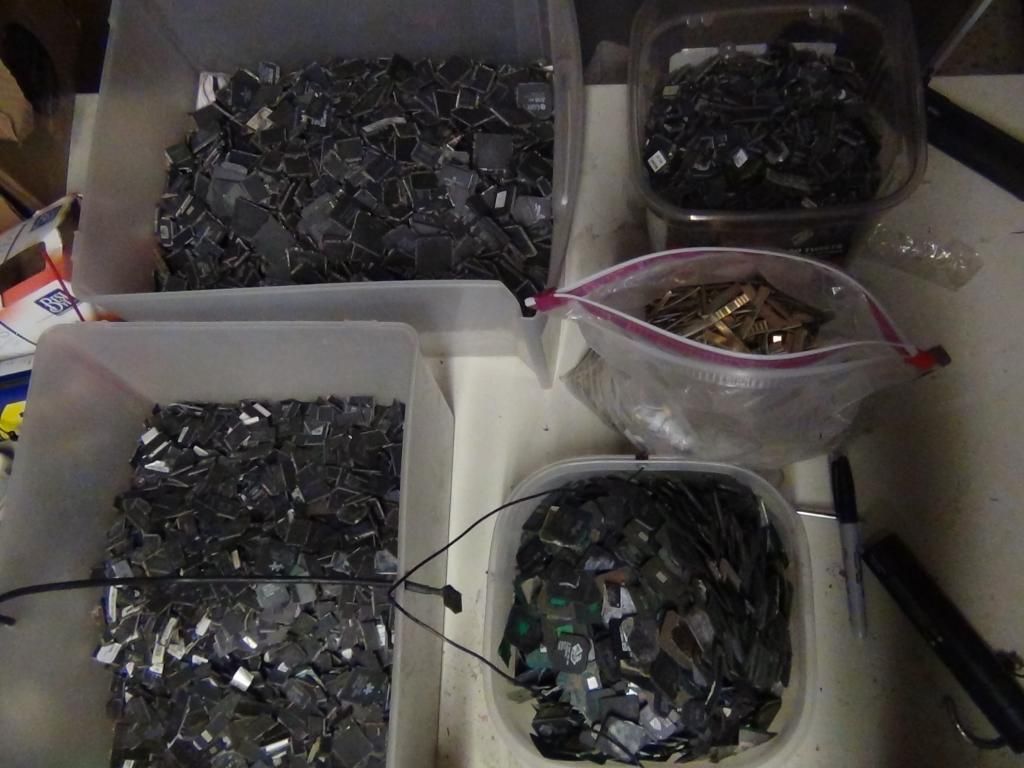And if you need manuals they are here: http://bitsavers.trailing-edge.com/pdf/ibm/system36/
I've been looking for one of those for a couple of years now but so far none have surfaced here in northern Sweden.
But in two weeks time I'm picking up a Datapoint 2200, more than a decade older than IBM system 36.
The memory in the DP-2200 is round metal capsules with 512 bits per capsule. Fully expanded it has 8 kbyte! :mrgreen:
Göran
I've been looking for one of those for a couple of years now but so far none have surfaced here in northern Sweden.
But in two weeks time I'm picking up a Datapoint 2200, more than a decade older than IBM system 36.
The memory in the DP-2200 is round metal capsules with 512 bits per capsule. Fully expanded it has 8 kbyte! :mrgreen:
Göran


















































